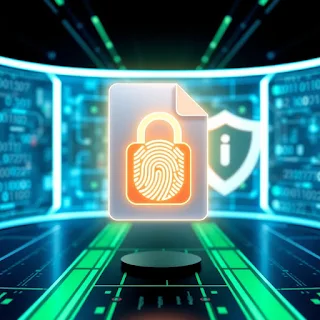Step 1: Install a PGP Tool
To use PGP, you need software that supports it. Popular options include:
- GnuPG: Free and open-source, compatible with Windows, macOS, and Linux.
- Kleopatra: A graphical frontend for GnuPG, making key and signature management easier.
- GPG Suite: A comprehensive PGP toolkit for macOS.
- Command-line tools: For advanced users comfortable with terminal commands.
Step 2: Generate Your PGP Keys
If you don't already have a PGP key pair, create one:
-
Open your PGP application or use the command line.
-
Generate a key pair (public/private keys). For example, using GnuPG:
gpg --full-generate-key -
Choose the following options:
- Key type: RSA and RSA.
- Key length: At least 2048 bits (4096 recommended for higher security).
- Expiration: Optionally set a validity period.
- Enter your name, email address, and a strong passphrase.
-
Export your public key to share with others:
gpg --armor --export your_email@example.com > public_key.asc
Keep your private key secure and never share it.
Step 3: Sign an Image File
To digitally sign an image (e.g., image.jpg), follow these steps:
Detached Signature
A detached signature creates a separate file containing the signature, leaving the original file untouched:
gpg --output image.sig --detach-sign image.jpgSend both image.jpg and image.sig to the recipient.
Clear-Signing (Not Recommended for Images)
Clear-signing embeds the signature directly into the file but should not be used for binary files like images.
Step 4: Verify the Signature
Recipients can verify the authenticity of the signed image using your public key:
-
Provide them with the original image file (
image.jpg) and the detached signature file (image.sig). -
They can verify the signature with the command:
gpg --verify image.sig image.jpgIf the file is unchanged and signed with your private key, the tool will confirm the signature is valid. Any alteration to the image invalidates the signature.
Step 5: Optional - Encrypt the Image
For additional security, encrypt the image to ensure only authorized recipients can view it:
gpg --output encrypted_image.gpg --encrypt --recipient recipient_email@example.com image.jpgTo decrypt the file, the recipient can use:
gpg --output decrypted_image.jpg --decrypt encrypted_image.gpgStep 6: Verify Integrity and Authenticity
By verifying the signature, the recipient ensures:





No comments:
Post a Comment